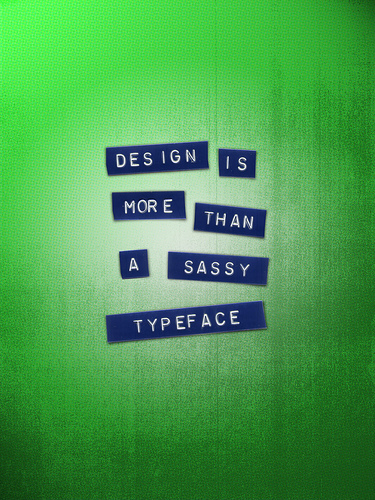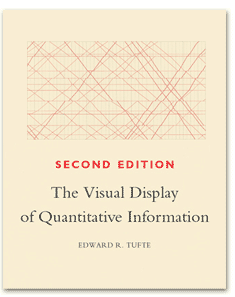Our maps are required to show 1. a hillshade map, 2. an image of the Pit, 3. a contour elevation map, 4. some basic info on the city, the pit, and anything else we feel is necessary. I was pretty happy with the way mine came out, so I am attaching an image of my map with a few notes on how/why/what I did. Any critiques are welcome.
 |
| My map, woot woot, click to enlarge. |
Okay. So, first off, you can see my two created maps, hillshade and contour, as well as a 3D image that was captured in ArcScene (bottom right corner). They are okay- I flat out do not like the hillshade map, as the resolution is not as fine as I am used to seeing from PAMAP DEMs. The contour map is merely okay as well. The design choice that I like about them, however, is just aesthetic-- I like the placement overall and the unifying orange shade that ties the whole piece together. I used the eyedropper tool to select that shade from my retro top-left corner item and dropped it into pretty much every element of the map. It was only later that I realized I had a very nice Halloween theme color map.
My very favorite element in the map is the retro-dystopian image at the top-left corner. I initially wanted a nice depressing touch for my nice depressing map, and hoped to get an image of a sign reading "Welcome to Butte" that was imbued with cheer while simultaneously radiating decrepitude. If that is a word. Is now. Anyway... I found the great image of the happy miners, celebrating Butte's status as "The Richest Hill in the World!" and removed all the text in GIMP and put in my own depressing and sarcastic factoids using PowerPoint 2010. Two birds, one stone-- a nice image that shows the decline of the city from a historic high, which also functions as my textual information. Below is the original "happy miners" image, so that you can see the text as it was.
 |
| "Land of the Shining Mountains", click to enlarge |























